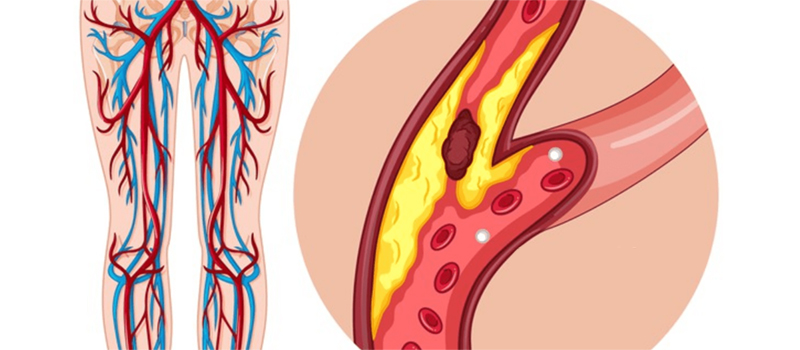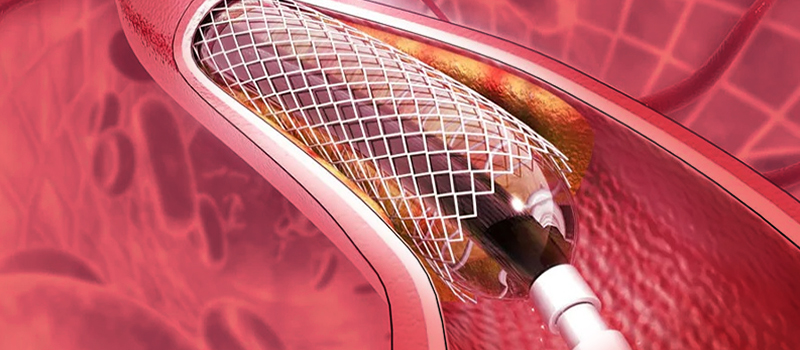Leg pain and cramping can interfere with your daily activities, causing physical discomfort. Leg cramps commonly cause sleep disruption and lead to reduced quality of life, low mood or symptoms of depression. In this article, we will explore the many contributing factors to leg pain from muscle strain to the more serious conditions.
Muscle Strain
One of the most common reasons for leg pain is muscle strain that happen when the muscles are over-worked or put under too much stress. This can be due to vigorous exercise, repetitive movements, or prolonged standing.

Dehydration
Also, inadequate hydration can lead to leg pain and cramping as well. Muscles need water to function properly, but without enough water, the muscles get tired and cramp.
Poor Circulation
Circulation difficulties may be at the root of the leg pain where there is not enough blood supply to the legs. This may be due to existing health conditions, such as peripheral artery disease or venous insufficiency. Symptoms may appear in the form of cramping, numbness, or tingling sensations in the legs.
Deep Vein Thrombosis
During deep vein thrombosis, a blood clot forms in one or more of the deep veins in the body, mostly in the legs. This condition may lead to pain, swelling, and warmth in the painful leg.
If not treated in time, DVT can lead to severe complications such as pulmonary embolism. People of color have thrice to six times higher rates of DVT than whites do.
Chronic Venous Insufficiency
This is a condition in which veins of the lower limbs are not able to transmit blood to the heart. This causes blood to pool in the lower parts of the body occurs. Symptoms may include calf pain, swelling, varicose veins and skin alterations like discoloration or ulcers.
Peripheral Artery Disease (PAD)
Peripheral artery disease is a condition that leads to reduced blood flow in arteries in the lower limbs. This is due to the narrowing or complete blocking of blood vessels in the legs. This may lead to the occurrence of leg cramps, numbness, pain, and weakness especially during sporting activities.

Peripheral Neuropathy
The term Peripheral Neuropathy refers to impairment or malfunction of the peripheral nerves which can lead to problems involving numbness, tingling, burning pain and weakness of feet and legs. Diabetes, vitamin deficiencies and certain medications are among the most common causes of peripheral neuropathy. Neuropathy is thought to be experienced by more than 20 million Americans.
Lumbosacral Radiculopathy
Lumbosacral Radiculopathy is the irritation and compression of the spinal nerve roots situated in the lower back. It can lead to the pain in the leg. The pain may be a sharp, shooting, or burning sensation with numbness and tingling
Diagnosis
Your doctor may look for physical signs of cramping. If there’s a fear of an underlying condition causing the muscle cramps, your healthcare provider may take blood or imaging tests.
Treatment and Prevention
Alongside medication, wound care and lifestyle changes, surgery may be critical as well. For example, in the case of circulatory diseases such as Deep Vein Thrombosis, Chronic Venous Insufficiency, and Peripheral Artery Disease, surgeries like angioplasty or stent placement can restore blood flow. Surgical treatments help with nerve compression alleviation, blood flow restoration or tissues repair.

Conclusion
Don’t let your leg pain stop your life. Washington Vascular Specialists provide patient-centered care for vascular problems. Get started on the road to relief. Book your appointment today.



